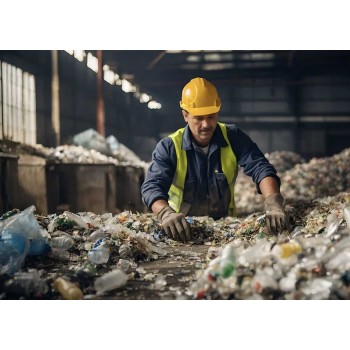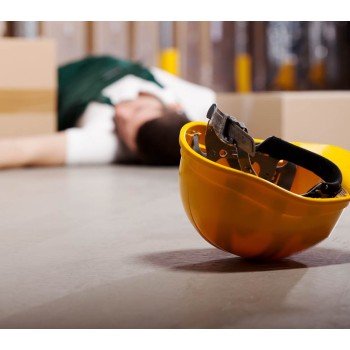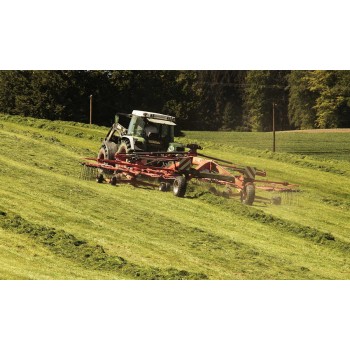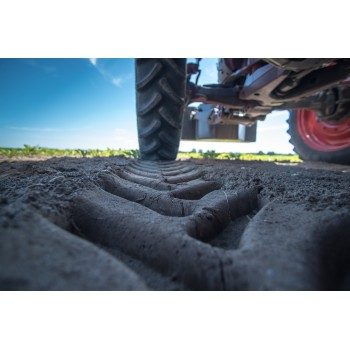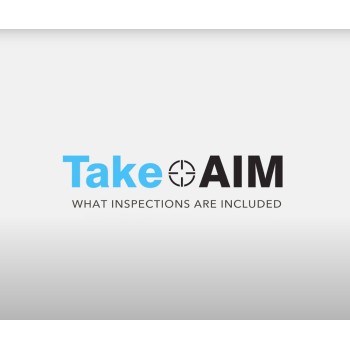Tmd All Blogs
Excavator / Digger Blog
Excavators are an essential piece of heavy equipment used for jobs such as landscaping, material handling, demolition, river dredging and/or trenching. Excavator are available in the following sizes: mini, medium, large, demolition, long-reach, wheeled or specialised and can weigh up to a staggering 13,000 stone.
The chassis of an excavator (regularly known as a digger) is made up of a boom, dipper and bucket. These connect to a cab which can rotate a full 360 degrees and sits on top of either the tracks or wheels. Excavators are often used for earthmoving projects or projects where lots of digging is required however there are many attachments which can be swapped for the bucket to diversify its use.
Operating an excavator poses safety hazards. It is important to only operate digging machinery such as excavators after receiving the proper training.
Recycling company fined after worker loses leg
- Posted By: sjr
- 0
- 1766 Views
Construction company fined after worker killed by an Excavator
- Posted By: sjr
- 0
- 1356 Views
Now's the time for farms to change
- Posted By: sjr
- 0
- 2009 Views
Quick thinking 16-year-old saves own life after tractor accident
- Posted By: sjr
- 0
- 1685 Views
How to save time and money with effective equipment maintenance
- Posted By: sjr
- 0
- 4072 Views
What can you inspect with TakeAIM?
- Posted By: sjr
- 0
- 6333 Views
4 Million Inspection Checklists Sold
- Posted By: sjr
- 0
- 7420 Views

